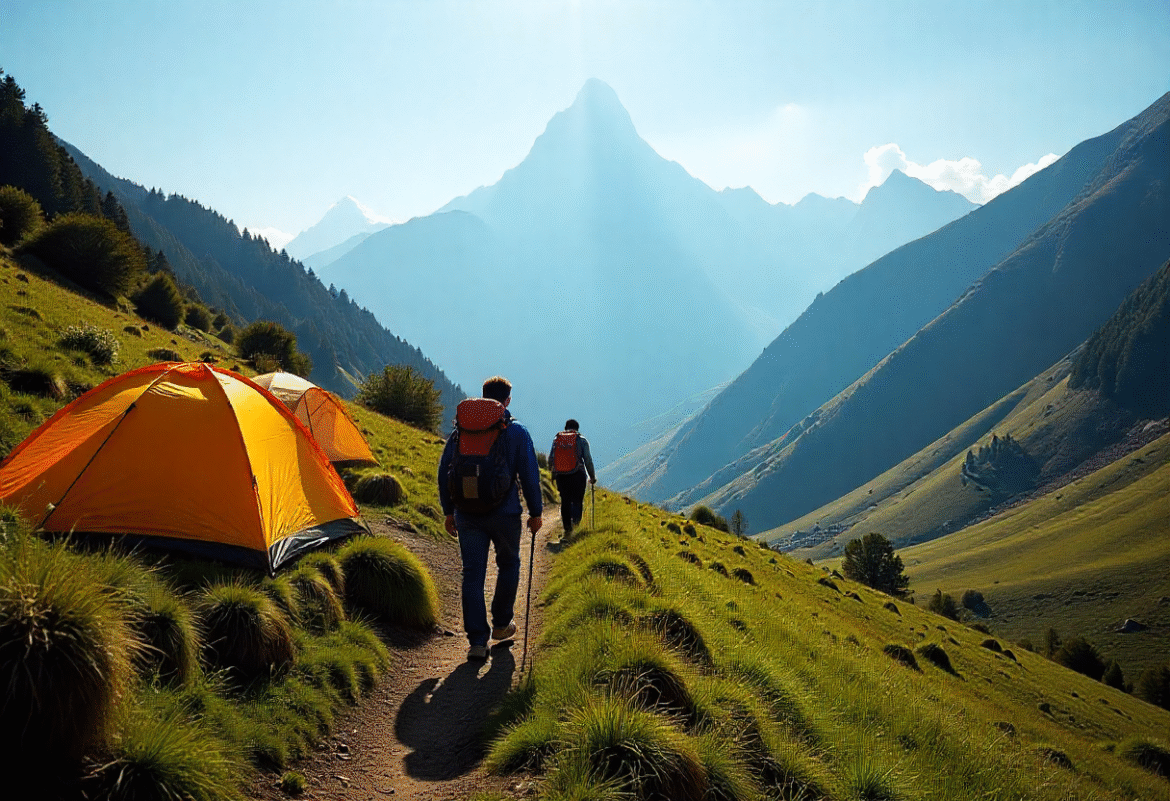Explanation
Nepal has unveiled a bold, dual pronged strategy: it’s dramatically increasing the climbing permit cost for Mount Everest at the same time it’s offering free access to nearly 100 remote Himalayan peaks. The move aims to ease overcrowding at Everest and spark tourism in underdeveloped regions.
Everest Permit Price Surge
Starting September 1, 2025, the permit fee to climb Everest jumps from US $11,000 to $15,000 a 36% increase, marking the first hike in almost a decade (Business Insider, Midland Daily News, Reuters). Off season fees will also rise substantially: autumn window (September to November) will cost $7,500, and winter climbs (December to February) will be $3,750 (Business Insider, Midland Daily News).
The goal: reduce traffic on the world’s tallest peak, which has been plagued by dangerously long queues in the “Death Zone,” and to fund more sustainable, safer expeditions (News.com.au, New York Post).
Free Climbing Permits for 97 Other Peaks
Concurrently, Nepal has waived climbing permit fees for 97 Himalayan peaks in the Karnali and Sudurpashchim provinces for two years an unprecedented initiative targeting long-ignored regions (Reuters, Kathmandu Post, The Indian Express, Travel And Tour World, Globedge).
These peaks, ranging from 5,870 m to 7,132 m, diversify opportunities for climbers beyond Everest and include 77 peaks in Karnali and 20 in Sudurpashchim (Kathmandu Post, Ekantipur, Travel And Tour World). Tourism officials emphasize the aim is to open up breathtaking but remote landscapes to mountaineering, while bolstering local economies suffering from underdevelopment (Kathmandu Post, Travel And Tour World, Reuters).
Economic and Tourism Impacts
Mountaineering is a key income stream for Nepal: in 2024, climbing permits generated nearly $5.9 million, with Everest alone accounting for 77% of that revenue (Kathmandu Post, The Indian Express). Yet the far western peaks have seen only minimal traffic: over two years, just 68 climbers attempted one of these 97 mountains, contributing about Rs 1.4 million in fees (Kathmandu Post, Outside Online).
The fee waiver presents a big opportunity but only if it spurs real interest and follows through with infrastructure and community support.
Infrastructure & Local Challenges
These western regions remain poor, remote, and infrastructure-poor, with limited roads, amenities, or trekking support (Kathmandu Post, The Times, Travel And Tour World). Authorities, tourism experts, and the Nepal Mountaineering Association stress that policy alone isn’t enough meaningful gains will depend on investments in roads, trekking services, guides, accommodations, and local capacity building (The Times, Kathmandu Post, Reuters).

A Strategic Step Toward Safety and Experience
This plan ties into broader safety reforms. The government is considering a law requiring Everest climbers to first summit a 7000m+ peak within Nepal, ensuring they’ve gained sufficient high-altitude experience—making these now-free peaks practical preparation goals (News.com.au, New York Post, Kathmandu Post, Travel And Tour World).
Summary Table
| Element | Details |
|---|---|
| Everest fee hike | From $11,000 → $15,000 (spring); off-season: $7,500 & $3,750 |
| Free peaks offer | 97 peaks (5,870–7,132 m) in remote west, free for two years |
| Goal | Reduce Everest crowds; boost lesser known regions |
| Economic reach | Everest: 77% of $5.9M revenue in 2024; Free regions historically underused |
| Challenges | Poor infrastructure, access, services in remote Western zones |
| Safety policy | Proposed: Everest climbers must first climb a 7,000m+ Nepal peak |
Final Thoughts
Nepal’s dual strategy reflects a fresh vision: discouraging Everest overcrowding through higher costs while unlocking the beauty and potential of its far flung western mountains via fee waivers. If paired with robust infrastructure development and smart tourism promotion, this could recalibrate Himalayan mountaineering making it safer, more equitable, and more sustainable.
But the success of this bold plan hinges not just on policy, but on capacity building in the very regions it aims to uplift. Whether these “hidden peaks” can shed their obscurity remains to be seen.

